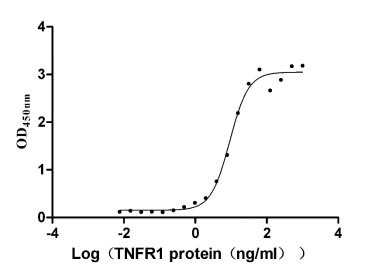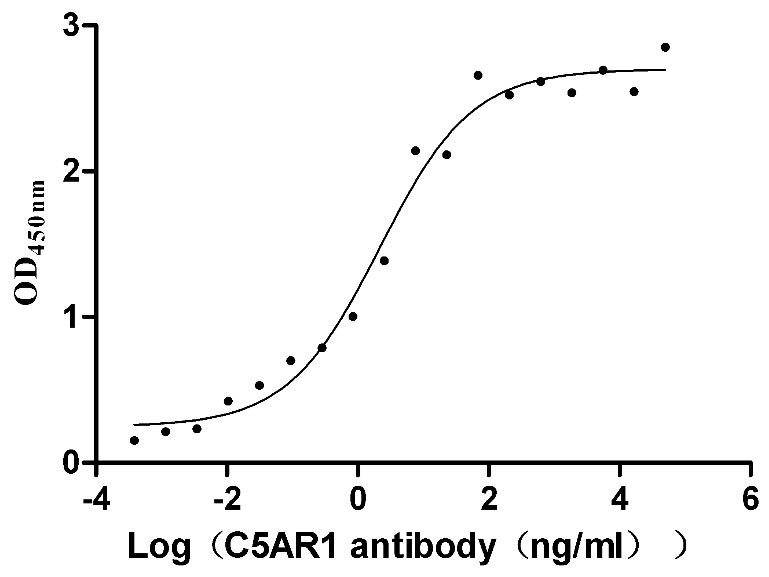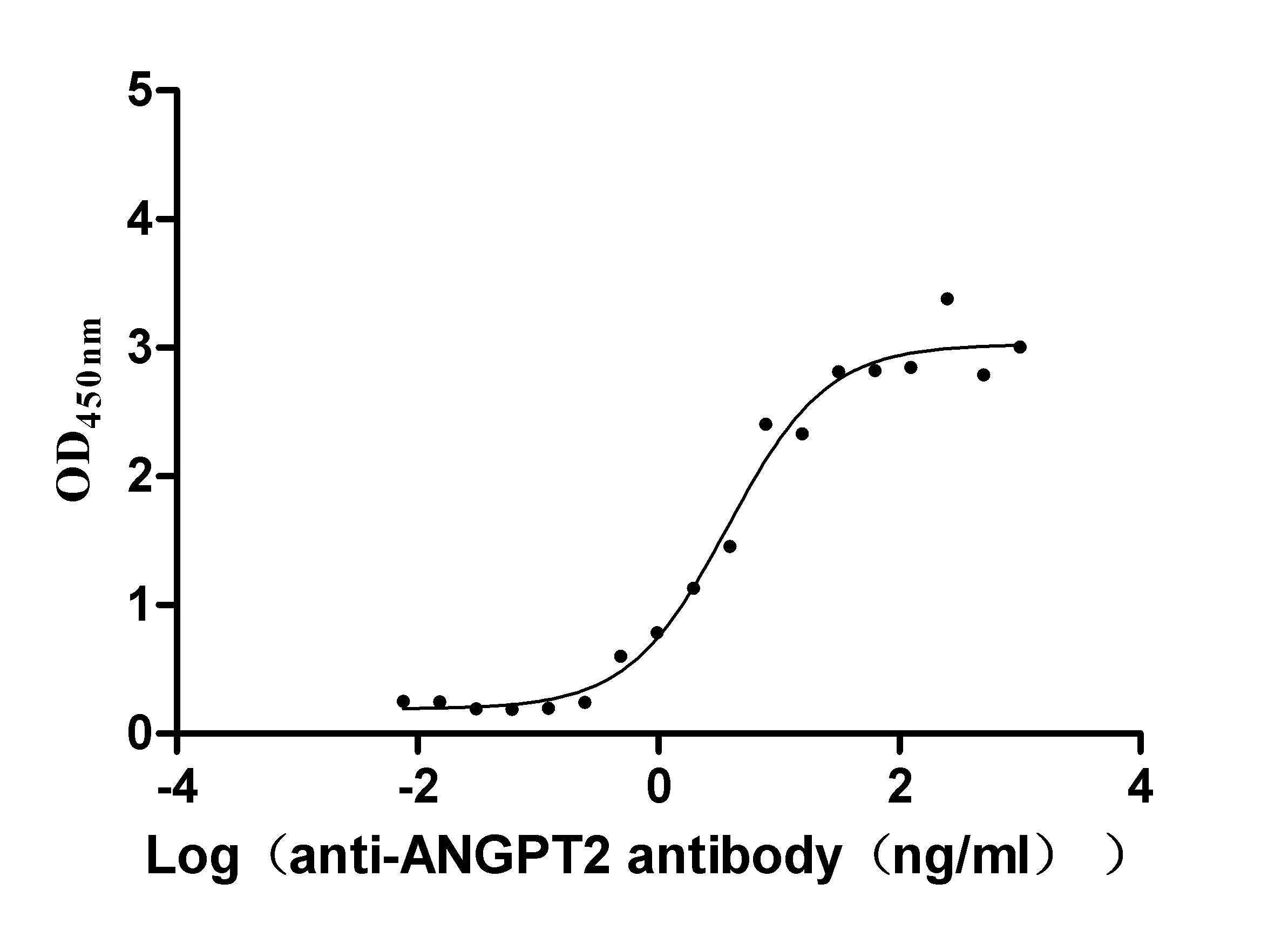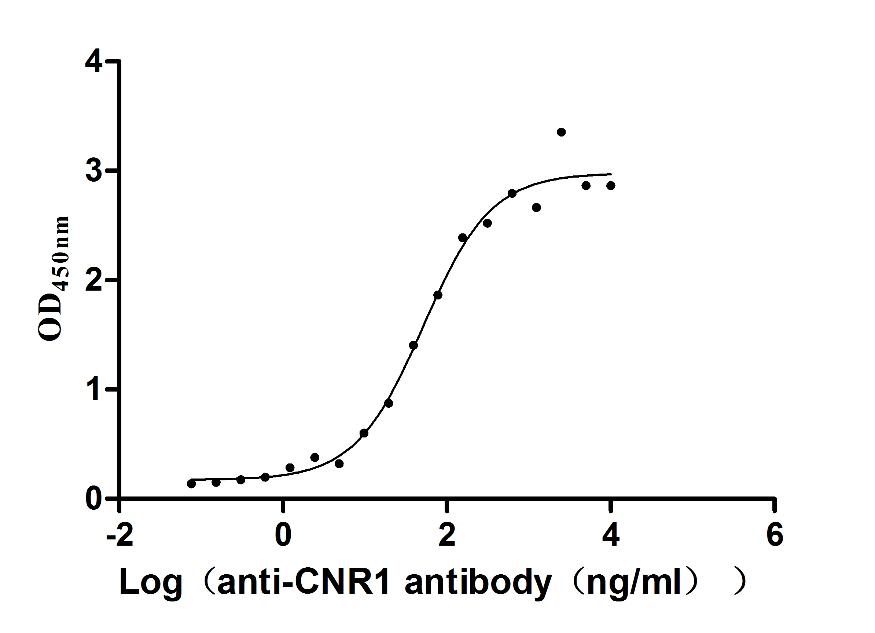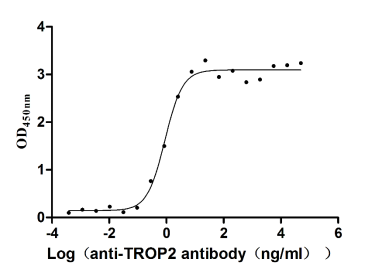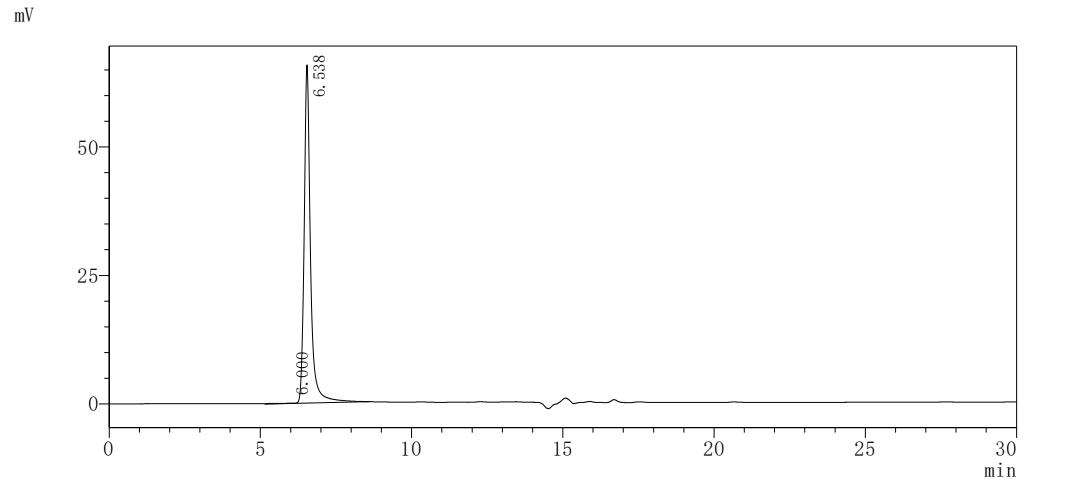Recombinant Drosophila melanogaster Hepatocyte growth factor-regulated tyrosine kinase substrate (Hrs), partial
-
中文名稱:黑腹果蠅Hrs重組蛋白
-
貨號(hào):CSB-YP010329DLU
-
規(guī)格:
-
來源:Yeast
-
其他:
-
中文名稱:黑腹果蠅Hrs重組蛋白
-
貨號(hào):CSB-EP010329DLU
-
規(guī)格:
-
來源:E.coli
-
其他:
-
中文名稱:黑腹果蠅Hrs重組蛋白
-
貨號(hào):CSB-EP010329DLU-B
-
規(guī)格:
-
來源:E.coli
-
共軛:Avi-tag Biotinylated
E. coli biotin ligase (BirA) is highly specific in covalently attaching biotin to the 15 amino acid AviTag peptide. This recombinant protein was biotinylated in vivo by AviTag-BirA technology, which method is BriA catalyzes amide linkage between the biotin and the specific lysine of the AviTag.
-
其他:
-
中文名稱:黑腹果蠅Hrs重組蛋白
-
貨號(hào):CSB-BP010329DLU
-
規(guī)格:
-
來源:Baculovirus
-
其他:
-
中文名稱:黑腹果蠅Hrs重組蛋白
-
貨號(hào):CSB-MP010329DLU
-
規(guī)格:
-
來源:Mammalian cell
-
其他:
產(chǎn)品詳情
-
純度:>85% (SDS-PAGE)
-
基因名:Hrs
-
Uniprot No.:
-
別名:Hrs; CG2903; Hepatocyte growth factor-regulated tyrosine kinase substrate
-
種屬:Drosophila melanogaster (Fruit fly)
-
蛋白長(zhǎng)度:Partial
-
蛋白標(biāo)簽:Tag?type?will?be?determined?during?the?manufacturing?process.
The tag type will be determined during production process. If you have specified tag type, please tell us and we will develop the specified tag preferentially. -
產(chǎn)品提供形式:Lyophilized powder
Note: We will preferentially ship the format that we have in stock, however, if you have any special requirement for the format, please remark your requirement when placing the order, we will prepare according to your demand. -
復(fù)溶:We recommend that this vial be briefly centrifuged prior to opening to bring the contents to the bottom. Please reconstitute protein in deionized sterile water to a concentration of 0.1-1.0 mg/mL.We recommend to add 5-50% of glycerol (final concentration) and aliquot for long-term storage at -20℃/-80℃. Our default final concentration of glycerol is 50%. Customers could use it as reference.
-
儲(chǔ)存條件:Store at -20°C/-80°C upon receipt, aliquoting is necessary for mutiple use. Avoid repeated freeze-thaw cycles.
-
保質(zhì)期:The shelf life is related to many factors, storage state, buffer ingredients, storage temperature and the stability of the protein itself.
Generally, the shelf life of liquid form is 6 months at -20°C/-80°C. The shelf life of lyophilized form is 12 months at -20°C/-80°C. -
貨期:Delivery time may differ from different purchasing way or location, please kindly consult your local distributors for specific delivery time.Note: All of our proteins are default shipped with normal blue ice packs, if you request to ship with dry ice, please communicate with us in advance and extra fees will be charged.
-
注意事項(xiàng):Repeated freezing and thawing is not recommended. Store working aliquots at 4°C for up to one week.
-
Datasheet :Please contact us to get it.
靶點(diǎn)詳情
-
功能:Essential role in endosome membrane invagination and formation of multivesicular bodies, MVBs. Required during gastrulation and appears to regulate early embryonic signaling pathways. Inhibits tyrosine kinase receptor signaling by promoting degradation of the tyrosine-phosphorylated, active receptor, potentially by sorting activated receptors into MVBs. The MVBs are then trafficked to the lysosome where their contents are degraded.
-
基因功能參考文獻(xiàn):
- The present report is devoted to the clarification and detailing of the Hrs effect on D/V, as well as on A/P borders of the imaginal wing disc compartments in Drosophila melanogaster. PMID: 27169237
- Hrs is dispensable for cytokinesis. Finally, it was found that although Drosophila Hrs does not localize at acrosome, the other endosomal markers--Rab4, Rab7, and Rab11--are detected at the organelle. PMID: 26591063
- Drosophila epithelia lacking Hrs and Stam, accumulate Notch and Dome in endosomes, maintain normal apico-basal polarity and proliferation control and do not show ectopic Notch signaling activation. PMID: 24718108
- Hrs mediates Smo trafficking in the late endosome by not only promoting Smo ubiquitination but also blocking Smo phosphorylation. PMID: 24244405
- these data support a model in which Ubpy plays a dual role in both cargo deubiquitylation and the ESCRT-0 subunit Hrs stability during development. PMID: 24574010
- Hrs protein is involved in the formation of the D/V boundary of the wing imaginal disk and suggested a new role in wing vein refinement for the Hrs gene PMID: 23113331
- show that the endosomal proteins Myopic (Mop) and Hepatocyte growth factor-regulated tyrosine kinase substrate (Hrs) are required for the activation of the Toll signaling pathway. PMID: 20404143
- PtdIns(3)P specifically induces the membrane penetration of the FYVE domain of HRS protein and increases it membrane resonance time causing local conformational changes PMID: 12006563
- intracellular accumulation of receptors in Hrs mutant cells could be due to defective sorting towards lysosomal degradation or to defective post-endocytic retention in endosomes PMID: 14608370
顯示更多
收起更多
-
亞細(xì)胞定位:Cytoplasm, cell cortex. Cytoplasm, perinuclear region. Note=Locates to vesicles present in the perinuclear regions of muscle cells and in the periphery of Garland cells of third-instar larvae.
-
數(shù)據(jù)庫鏈接:
Most popular with customers
-
Recombinant Human Mucin-16 (MUC16), partial (Active)
Express system: Mammalian cell
Species: Homo sapiens (Human)
-
Recombinant Human Tumor necrosis factor receptor superfamily member 1A (TNFRSF1A), partial (Active)
Express system: Mammalian cell
Species: Homo sapiens (Human)
-
Recombinant Human C5a anaphylatoxin chemotactic receptor 1 (C5AR1)-VLPs (Active)
Express system: Mammalian cell
Species: Homo sapiens (Human)
-
Recombinant Dog Angiopoietin-2 (ANGPT2) (Active)
Express system: Mammalian cell
Species: Canis lupus familiaris (Dog) (Canis familiaris)
-
Recombinant Human Cannabinoid receptor 1 (CNR1)-VLPs (Active)
Express system: Mammalian cell
Species: Homo sapiens (Human)
-
Recombinant Human Tumor-associated calcium signal transducer 2 (TACSTD2), partial (Active)
Express system: Mammalian cell
Species: Homo sapiens (Human)
-
Recombinant Human C-C chemokine receptor type 9 (CCR9)-VLPs (Active)
Express system: Mammalian cell
Species: Homo sapiens (Human)



